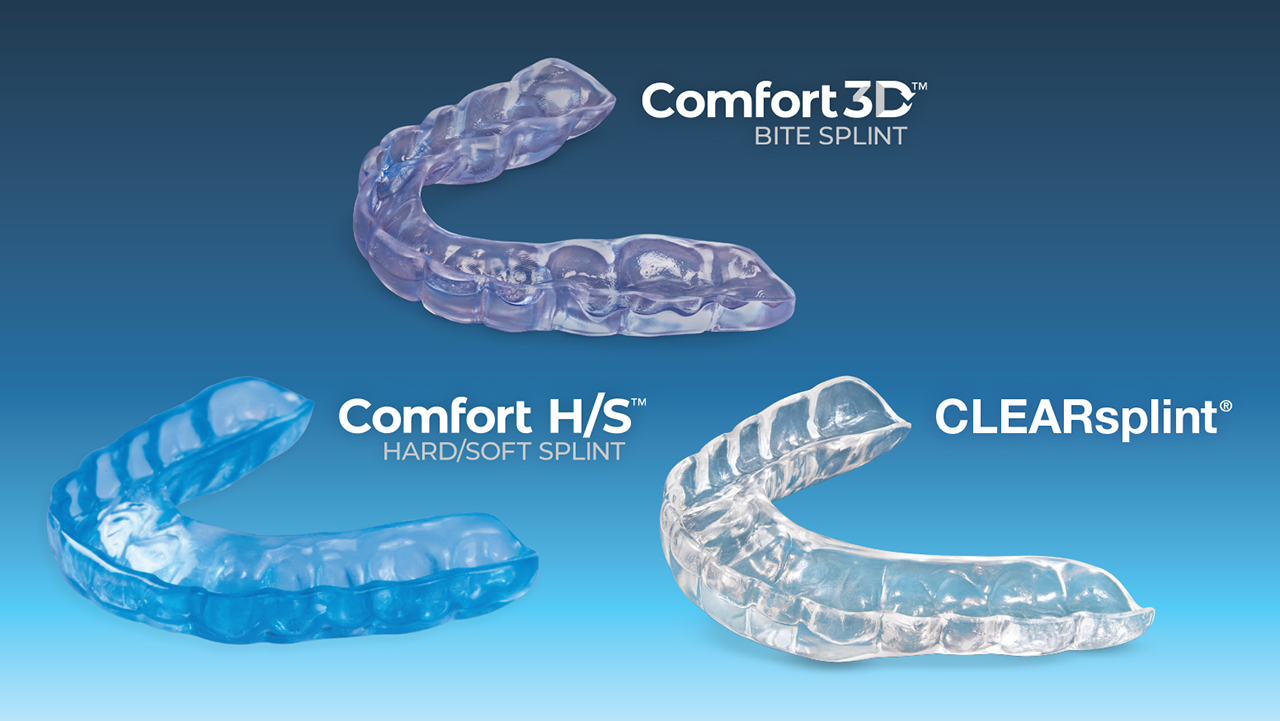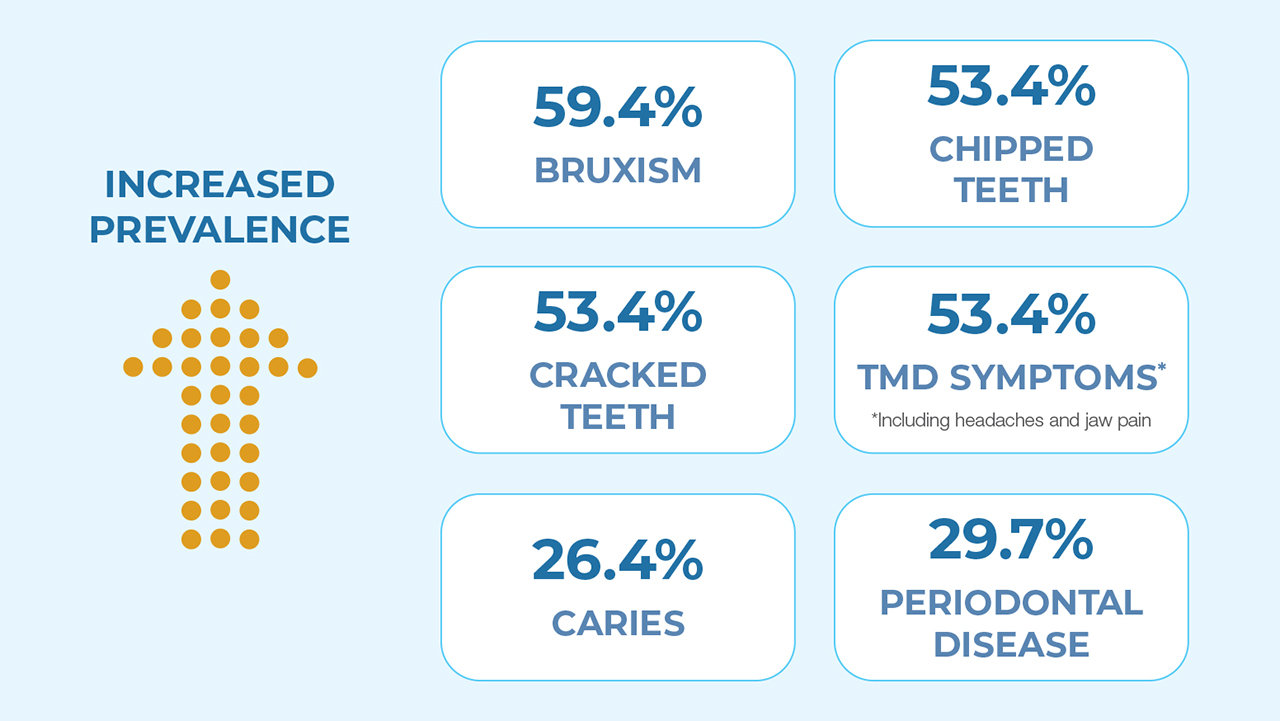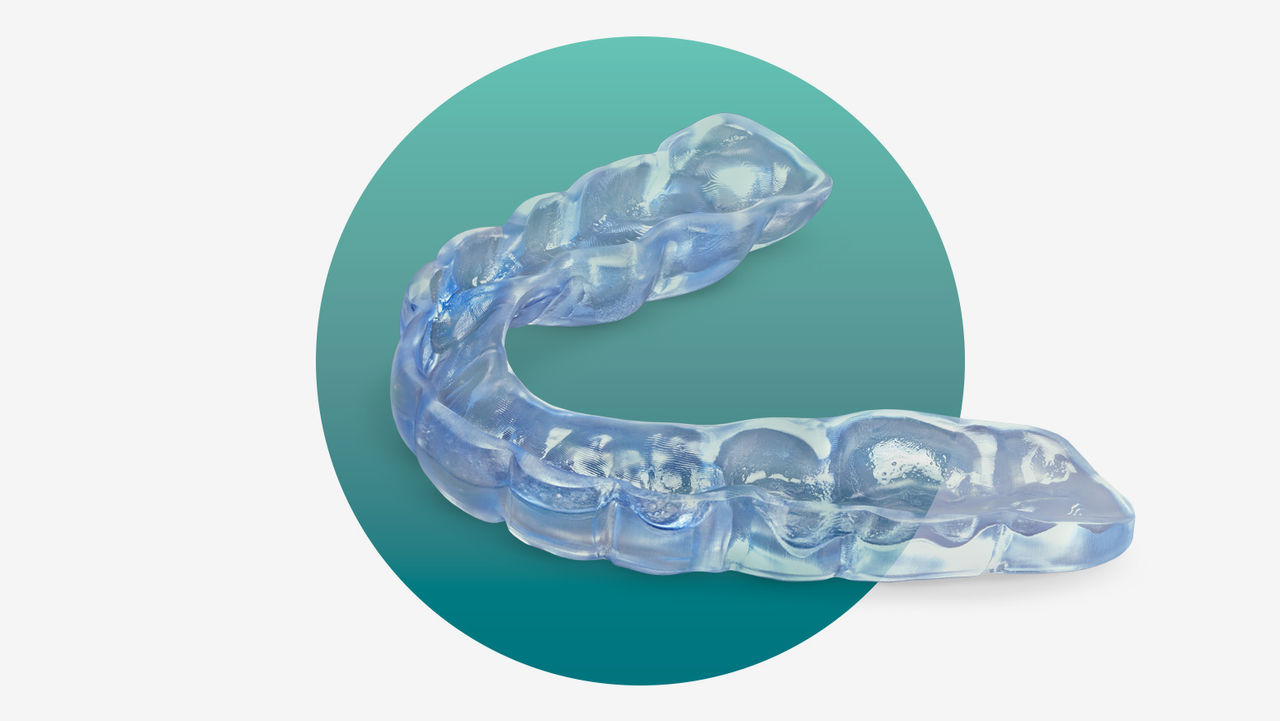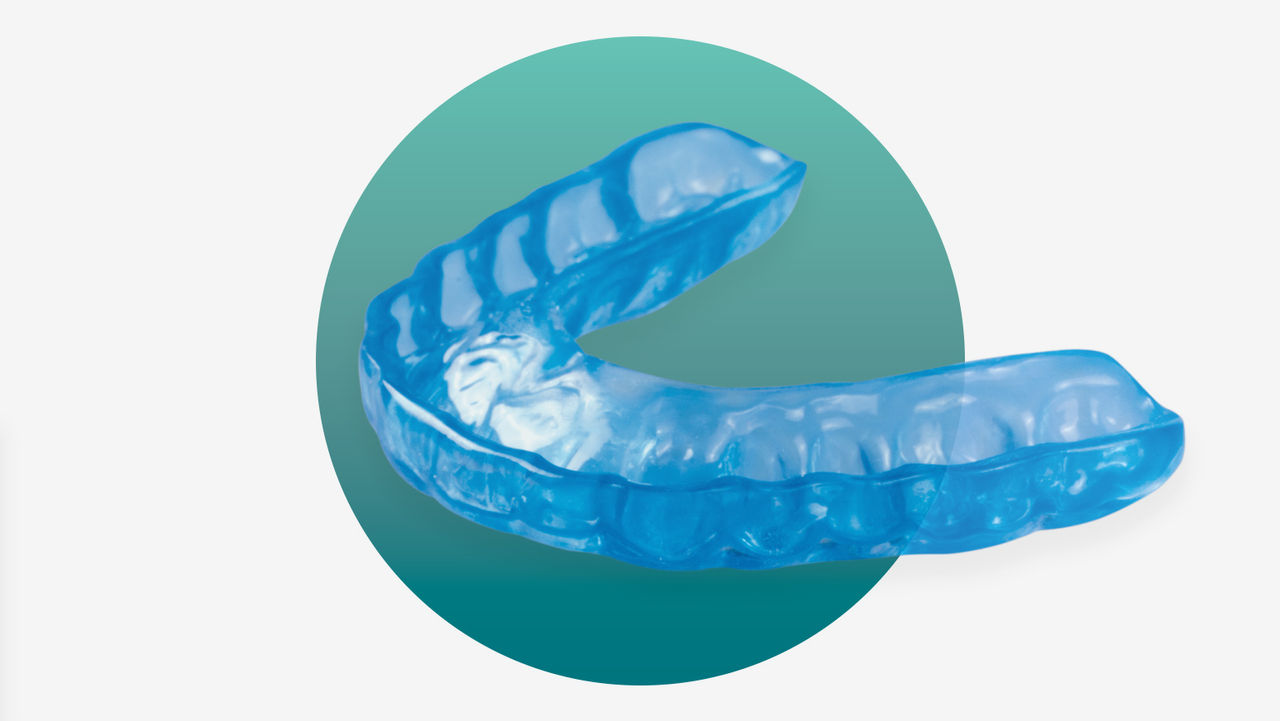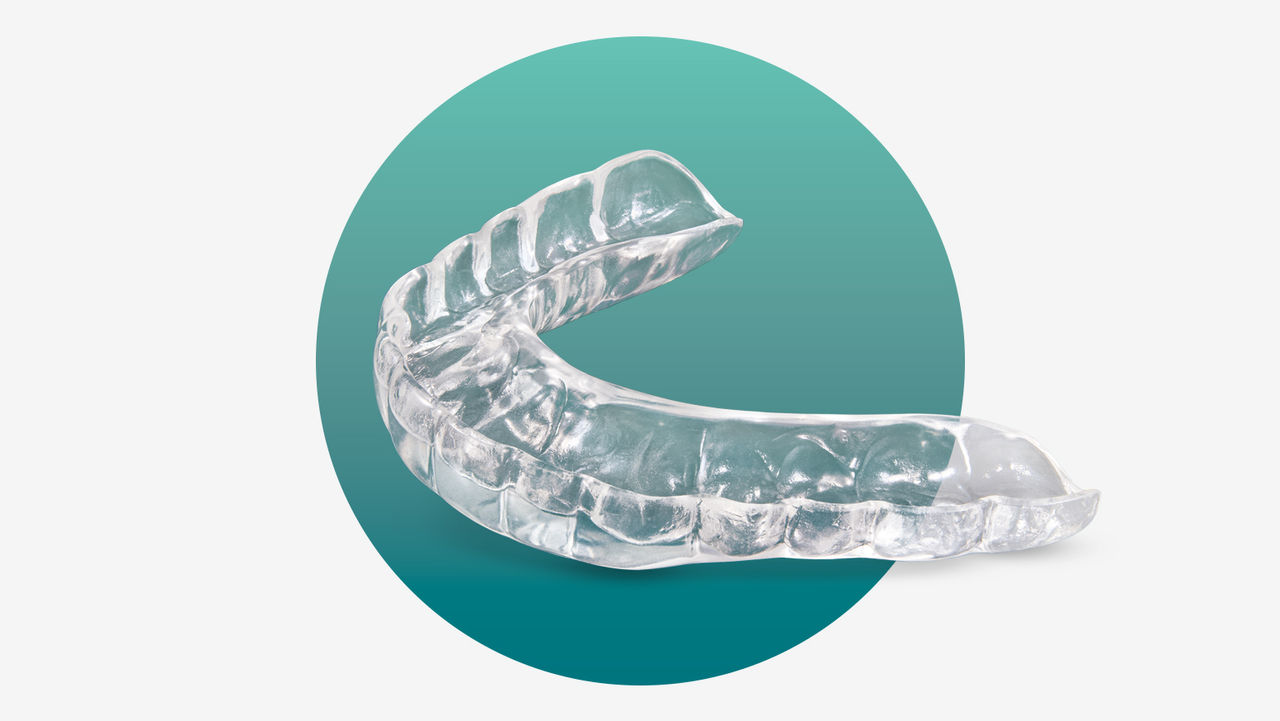Hard bite splints have been shown to do just that. The literature supports the use of hard bite splints as a significant buffer against bruxism and nighttime teeth grinding. In one study, a hard bite splint significantly reduced muscle activity in eight of the 10 participants.2 Conversely, a soft bite splint only reduced muscle activity in one participant and caused an increase in muscle activity in five participants.
Another study found that hard bite splints decreased the level of electromyography activity in the temporalis and masseter muscles when compared to no splint.3 The same study found that a soft splint produced a slight increase in both muscles, especially the masseter. This is not to say that soft bite splints should be avoided entirely, but rather that hard bite splints are more effective at limiting muscle activity and preventing damage to dentition and restorations.
But not all hard bite splints are the same. To truly maximize the benefits of a hard bite splint, clinicians need to examine the different qualities of bite splints available to see if they match their needs and the needs of their patients.


